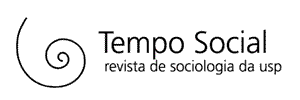Abstract
This study analyzes the main implications of the new so called drug law – Law 11 343 of 2006, analyzed as a medical-criminal power device. Therefore, the analysis assumes that the new drug device in National Congress had, among its main goals, to dispose: i) the end of a prison sentence for drug users; ii) the advent of a medical treatment for the user; iii) an increasing of the punishment for the trafficker. These are the two figures that engender the development of a new drug device with different types of punishments for the sale and use of drugs in Brazil in the 2000s. We argue that the introduction of this new device called here as medical-criminal drug device – has produced a new way to govern users and drug dealers and it brought, as one of the main consequences, the increased criminalization of drug trafficking and the rejection of the user displacement to another system other than the criminal justice system. Data on drug arrests in Brazil are presented and then an Interrupted time series designs are used together with a binary logistic regression model with Data on the city of São Paulo, to indicate how the current state administration of drugs is given and how practices are developed within the criminal justice system that privilege the prison sentence, even after the supposed end of it for the drug user.
Brazilian Drug Law; Time series; Criminal justice system; Drug trafficking; Drug use; Crime

 Fonte: Baseado em dados da ssp-sp (
Fonte: Baseado em dados da ssp-sp (